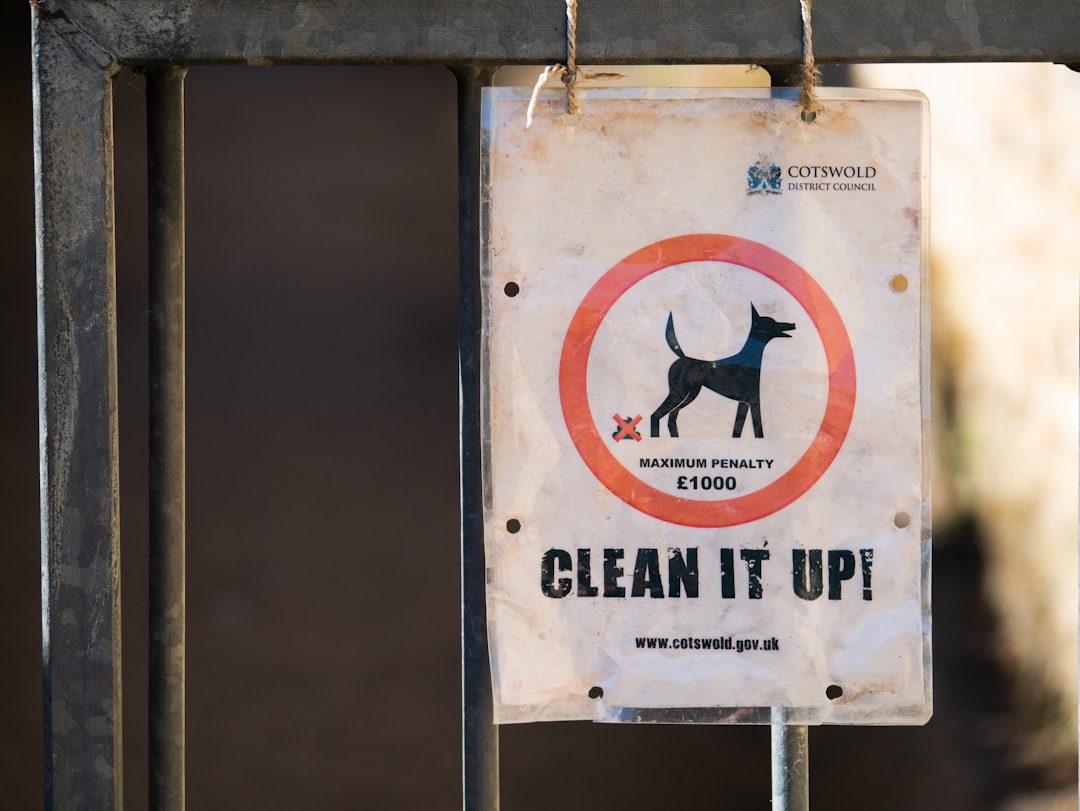Decoding Your Dogs Poop: What Your Furry Friends Waste Says About Their Health
An informative article about how to interpret your dogs poop as an indicator of their health, including the normal characteristics of healthy poop, color changes, consistency, common health issues, and when to take action and consult a veterinarian.
Normal Characteristics of Healthy Dog Poop
Understanding the normal color, consistency, and contents of your dog’s poop is crucial as it serves as a key indicator of your dog’s health. Typically, healthy dog poop is brown, firm, and easy to pick up. It’s important for dog owners to be familiar with their dog’s standard poop to quickly recognize any changes that could indicate potential health issues. By monitoring your dog’s poop regularly, you can gain valuable insights into their well-being and promptly address any concerns that may arise.
In addition to the color and consistency, the contents of your dog’s poop can also provide insight into their health. For instance, the presence of grass, leaves, rocks, or parts of toys is normal, but the presence of worms could indicate an underlying health issue. Being aware of what is typical for your dog’s poop can help you identify any abnormalities and take appropriate action. Moreover, maintaining a doggy doo diary can be invaluable in tracking patterns and changes in your dog’s poop, which can be shared with your veterinarian to aid in the diagnosis and treatment of any potential health issues.
By being attuned to the normal characteristics of healthy dog poop and actively monitoring any changes, dog owners can play a proactive role in their pet’s well-being, ensuring that any health issues are addressed promptly and effectively.
 Interpreting Color Changes
Interpreting Color Changes
The color of your dog’s poop is an essential indicator of their health. For example, white, grey, orange, green, or red stools can provide valuable insights into potential health issues. White or grey stools may indicate trouble breaking down fats or problems with the biliary ducts, while orange or green stools could point to dietary changes or issues [4]. On the other hand, red blood or dark stools might suggest bleeding in the digestive tract, requiring immediate attention from a veterinarian. By being aware of these color variations, pet owners can promptly identify potential health concerns and seek appropriate care for their furry companions.
If you notice any significant changes in the color of your dog’s poop, it’s crucial to consult a veterinarian for a thorough evaluation. Diagnostic tests may be necessary to determine the underlying cause of the color changes and ensure the proper course of action for your dog’s health. By addressing these color changes proactively, pet owners can play a pivotal role in safeguarding their dog’s well-being and addressing any potential health issues promptly and effectively.
Decoding Consistency
Decoding the consistency of your dog’s poop provides valuable insights into their digestive health. Healthy dog poop should be firm and well-formed, reflecting a balanced and efficient digestive system. For example, if your dog’s poop becomes unusually soft or watery, it could be an indication of gastrointestinal illness, dietary issues, or even potential infections [2].
For instance, if your dog experiences a sudden bout of diarrhea, it could be caused by various factors such as stress, infection, or a change in diet. This change in consistency should be closely monitored as it can be an early warning sign of an underlying health issue. By keeping an eye on the consistency of your dog’s poop, you can promptly identify any abnormalities and seek the necessary veterinary care to address the root cause [3]. Regularly monitoring the consistency of your dog’s poop can help in maintaining their overall health and well-being.
Common Health Issues Indicated by Dog Poop
The color, consistency, and contents of your dog’s poop can offer important insights into their health. For example, if you notice red blood in your dog’s stool, it may indicate bleeding in the digestive tract, which warrants immediate attention from a veterinarian. Similarly, a greasy sheen or red streaks in the stool could suggest a bacterial infection or other health issue that requires prompt evaluation and treatment.
Additionally, changes in the frequency or size of your dog’s poop can also be indicative of underlying health issues. For instance, if your dog starts to have irregular bowel movements, experiences constipation, or has persistent diarrhea, it could point to gastrointestinal problems, dietary sensitivities, or infections, necessitating a thorough examination by a veterinarian. By paying attention to such changes and promptly consulting a professional, you can ensure that your dog receives the necessary care and interventions to maintain their health and well-being.
Taking Action Based on Your Dog’s Poop
It’s important to know when to consult a veterinarian regarding changes in your dog’s poop. Any noticeable changes in the color, consistency, or contents of your dog’s poop should prompt a visit to the vet. For example, if you notice blood in your dog’s stool, it could indicate bleeding in the digestive tract. Additionally, if your dog’s poop is consistently too hard or too soft, it may be a sign of gastrointestinal illness, and veterinary attention should be sought to address any potential health issues.
Maintaining a doggy doo diary to track patterns in your dog’s poop can provide valuable information to the vet, aiding in the assessment and potential diagnosis of health issues. For instance, noting any changes in frequency, consistency, or color of your dog’s poop can help the vet in identifying potential health concerns and determining the appropriate course of action. Furthermore, the potential benefits of a raw food diet and probiotics for digestive support can play a significant role in maintaining healthy dog poop. A balanced diet can positively impact the color and consistency of your dog’s poop, contributing to their overall health and well-being [3].


 Interpreting Color Changes
Interpreting Color Changes